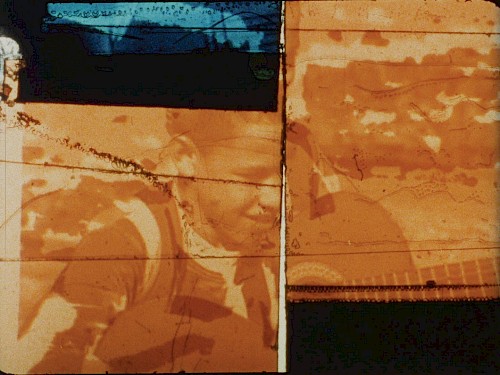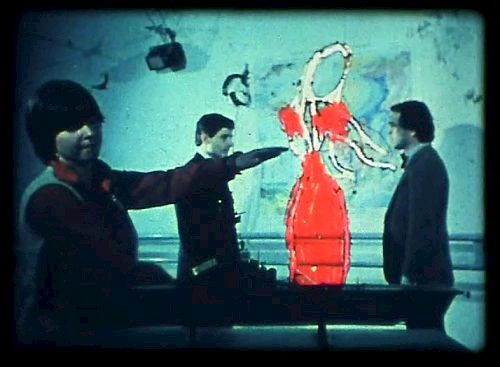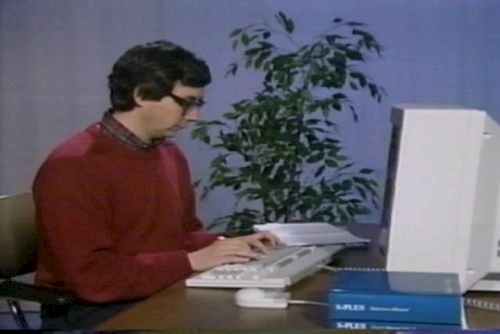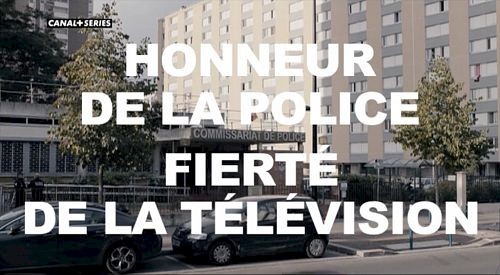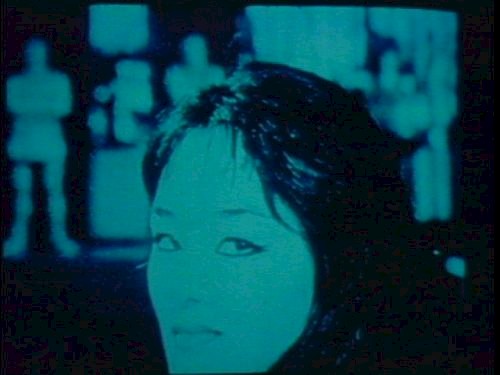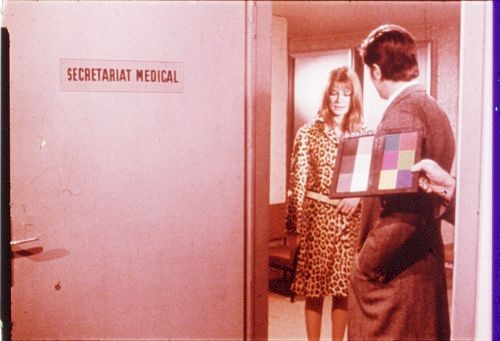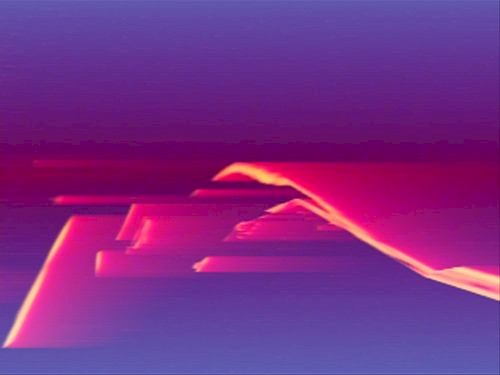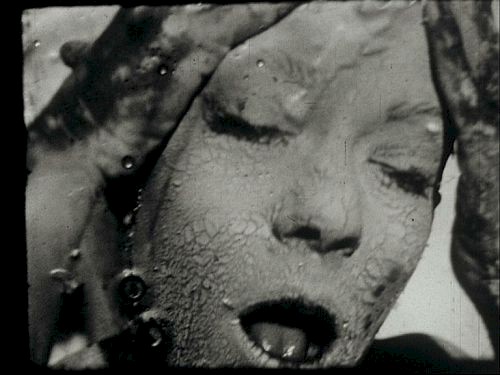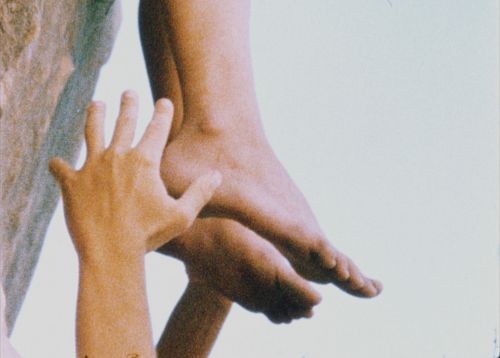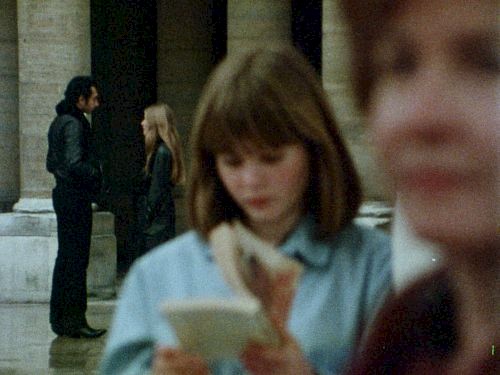Found footage is one of the most well-known and recognized experimental approaches. Re-appropriation, re-use, detour: through aesthetics and with very diverse intentions, found footage makes it possible to make images visible again, to analyze or criticize them, or to recreate meaning against the initial will.
This program is a small and absolutely lacking and insufficient selection of found footage films from the catalog of the Collectif Jeune Cinéma. It tends to give an account of the different chronological and geographical approaches of experimental filmmakers towards found footage.
Years before Debord and Wolmann theorized the re-use in their Manuel du détournement, the Lettrists launched their manifesto of the discrepant cinema in 1951: the disjunction of the image tape and the sound tape was, according to them, a new cinematographic weapon to move away from the “academic pompierism that characterizes Hollywood, the USSR or Italy”. Tribute-editing already existed (since Joseph Cornell’s Rose Hobart in 1936) but the Lettrists, through this manifesto, called for the image and sound to be considered as raw material whose initial content was of little importance and whose editing, in this new grammar, would reveal the hidden beauties through new semantic connections. This is how in 1968, Maurice Lemaître, second half of the bicephalous pope lettrist Isou-Lemaître, “made” Une Œuvre ou La Poubelle du Labo, a collage of pieces of film found in the garbage of a laboratory. Ten years after Lemaître, Hélène Richol integrated feminist criticism into the Lettrist approach with La femme n’est plus ce qu’elle était.
In this program, we intentionally jump from the 70’s to the 2000’s where Olivier Fouchard takes up the lettrist approach of ready-made with Mickey fait du catch, and Devaux, with K (Rêves Berbères), works on the aesthetics of the mosaic through the cutting of photograms and the exploration of color and signs, in an intimate and deeply humanistic research about the chimeras of migration for the Berber people.
In the continuity of Frédérique Devaux’s work, David Matarasso cuts and splices together pieces of 35 mm action and pornographic films in The Action. A questioning of genre cinema is also found in You can’t keep a good snake down by Masha Godovannaya and Moira Tierney.
Mainly thanks to the discoveries of filmmakers made during the festival’s international competitions, the CJC catalog expanded in the 2000s with European and North American films in which found footage became the medium for a more or less explicit criticism: heir to Joseph Cornell’s elegiac dimension, American reemployment is generally a tribute to the filmic medium (Richard Kerr) or vintage video (Clint Enns) while European found footage focuses on historical (Doplgenger), activist (Neozoon) and/or anarchist (Collectif Négatif with the films of Yves-Marie Mahé and Fabien Rennet in this program) criticism.
Today, the practice of found footage is more alive and democratized than ever: the mashup, its lighter, protean and less politicized form (memes, AMV, inlays and humorous editings) apprehends the notion of intellectual property with the same innocence as it did back then: the “claims” of the rightful owners cannot prevent their diffusion on social networks and a new generation that has never heard of Debord or Isou creates and shares situationist détournements (hijacking) without knowing it. Hence the importance of (re)discovering this program’s films.
